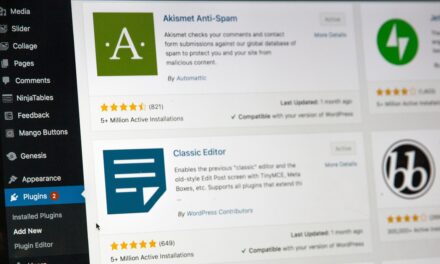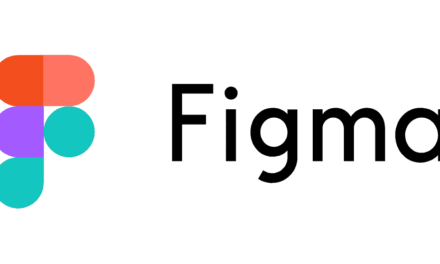In today’s digital world, the web plays a significant role in our daily lives. It has become crucial to ensure that websites are accessible to everyone, including people with disabilities. Web accessibility focuses on creating inclusive user experiences by removing barriers and providing equal access to information and functionality. In this article, we will explore the importance of web accessibility and share essential tips for designing websites that cater to the diverse needs of all users.
Understanding Web Accessibility: Web accessibility refers to the practice of designing and developing websites in a way that accommodates individuals with disabilities. Disabilities can range from visual impairments, hearing impairments, mobility limitations, cognitive disabilities, and more. By adhering to web accessibility guidelines and best practices, we can make the web more inclusive and provide equal opportunities for all users to access and interact with digital content.
Why Web Accessibility Matters:
- Empowering People with Disabilities: Web accessibility ensures that individuals with disabilities can navigate and interact with websites independently, empowering them to access information, engage in online activities, and participate in the digital world.
- Legal and Ethical Considerations: Many countries have implemented accessibility regulations, making it a legal requirement for websites to be accessible. Non-compliance can result in legal consequences, but more importantly, it goes against the ethical principle of inclusivity and equal access.
- Expanding Audience Reach: By designing for accessibility, websites can reach a broader audience, including individuals with disabilities, older adults, and those using assistive technologies. This opens up new opportunities for businesses to engage with a diverse customer base.
Tips for Designing Accessible Websites:
- Use Semantic HTML: Utilize proper HTML tags and structure to convey the meaning and hierarchy of content effectively. This helps assistive technologies interpret and present the content to users accurately.
- Provide Alternative Text for Images: Include descriptive alternative text (alt text) for images, ensuring that users with visual impairments can understand the content conveyed by images through screen readers or braille devices.
- Ensure Keyboard Accessibility: Design websites to be fully navigable using a keyboard alone. This helps individuals with mobility impairments who rely on keyboard navigation or alternative input devices.
- Create Color-Contrast and Readability: Choose color combinations with sufficient contrast to ensure readability for users with visual impairments or color blindness. Additionally, use clear typography, appropriate font sizes, and spacing for improved legibility.
- Test with Assistive Technologies: Regularly test websites using assistive technologies like screen readers, magnifiers, and keyboard-only navigation to identify and address any accessibility barriers.
Conclusion: Designing for web accessibility is not only a legal and ethical responsibility but also a pathway to creating inclusive user experiences. By incorporating accessibility principles into the design and development process, we can ensure that websites are accessible to all users, regardless of their abilities. Let’s strive to make the web a more inclusive and welcoming space for everyone.
To delve deeper into web accessibility and learn practical implementation techniques, check out our comprehensive guide: [Link to Web Accessibility: Designing for Inclusive User Experiences article]. Remember to open the link in a new tab to continue reading this article.
By embracing web accessibility, we can make a positive impact and contribute to a more inclusive and equitable digital world.




